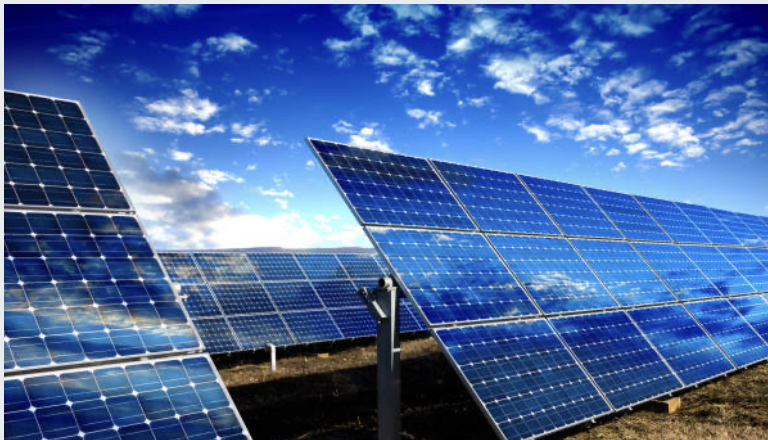What’s New With Community Solar?

Ever wonder how you can help the environment from the comfort of your own home? Think community solar farms! Community solar can be a great option for people who are unable to install solar panels or have insufficient solar resources.
Community solar is any solar project or purchasing program within a geographic area in which the benefits of the solar project flow to multiple customers. The Cornell Cooperative Extension is just starting up a program which would help lower carbon emissions by helping lower income households utilize solar energy. Solar, wind and other renewable resources will be increasingly utilized to deliver affordable and green electricity over the next decade. The New York State Energy Research and Development Authority’s (NYSERTA) clean energy agenda has a target of 70% renewable energy by 2030, and 100% by 2050.
People who live in apartments do not generally have the option of installing solar panels, but the Cornell Cooperative Extension is also working to connect people who live in apartments, as well as lower income families. By connecting people to community solar farms, there is a potential savings of 10% on their electric bill, and the service is still generated by the current utility company.
Bradley Towel – the Energy Program Manager with the Cornell Cooperative Energy Program – sees the importance of small steps in gaining momentum: “One of the small things that has been put into place is consolidated billing. Instead of two separate bills, they have consolidated the bill, which also shows the savings” he said.
There are pros and cons to community solar – it lowers electricity bills, reduces carbon footprint, and combats rising electrical fees, but at the same time, Solar farms take up a lot of space, and there is a lack of control over the output.
Community solar programs are fast becoming the preferred option when choosing a clean energy source. Community solar farms are often built on unused barren land or brownfields, which are tracts of land that have been developed for industrial use, polluted, and then abandoned. Community solar farms cover between 20 to 40 acres, and are connected directly to the electrical grid. The incentive to participate – up to a 10% discount on electricity costs – pairs nicely with the positive environmental impact, and even better, people don’t need a roof or to own their own property to participate. By opting into community solar, people can participate in helping the environment, and save money on their utility bill at the same time.